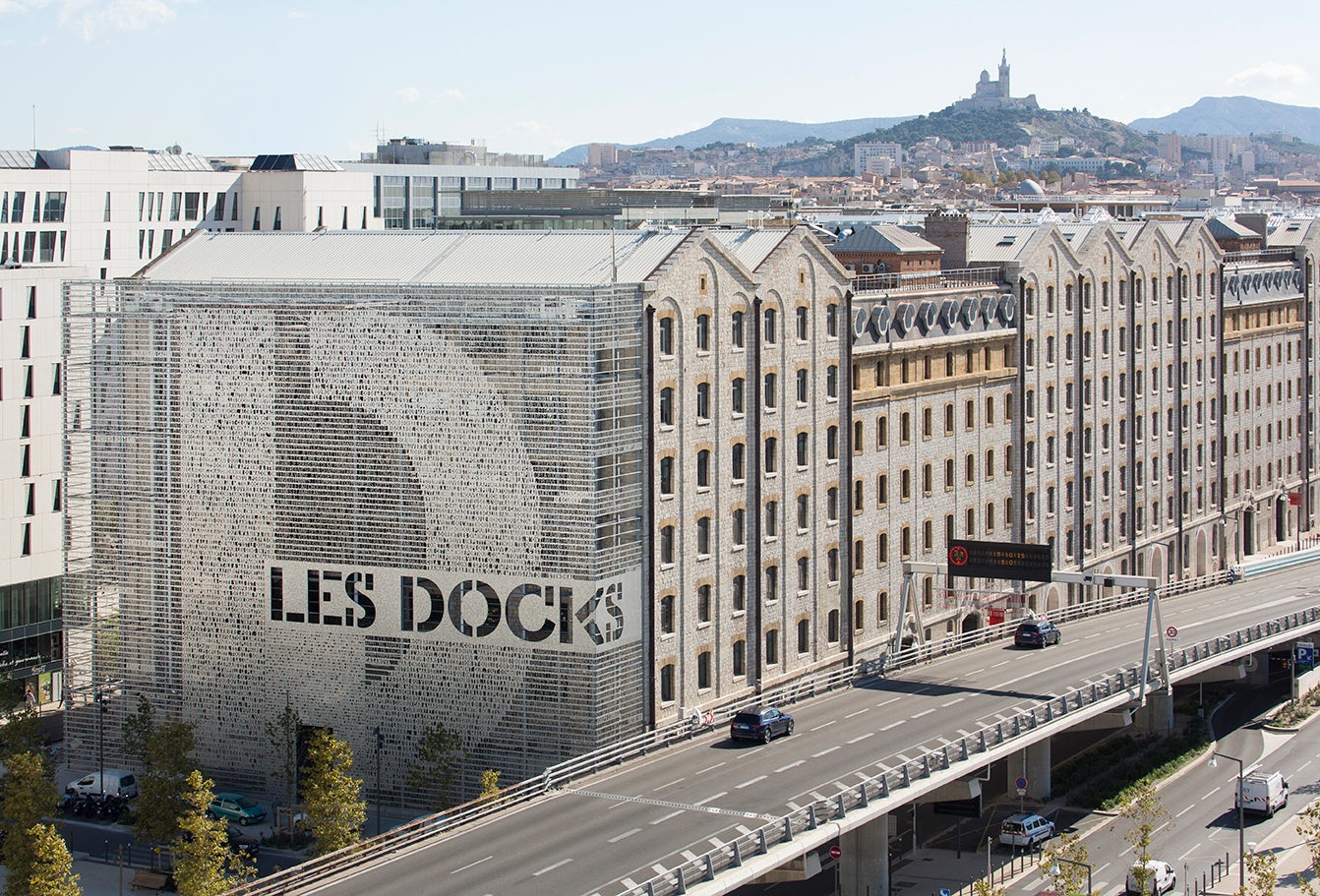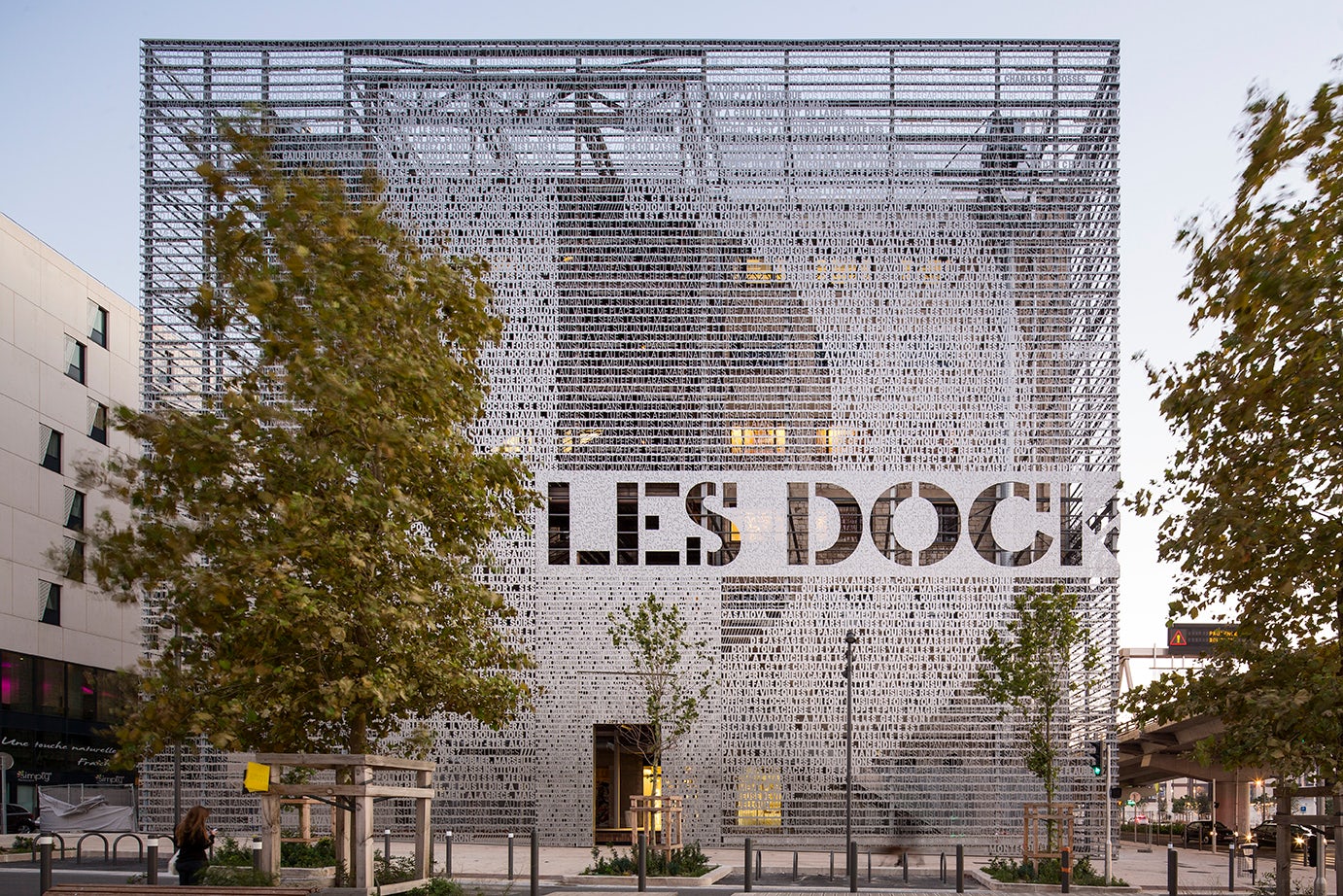Evolving to meet current lifestyles while reflecting cultural values, urban centers around the world dramatically shape daily life. Tied to geography and regional connections, each city has a character and spirit that transforms alongside the built environment. In France, this evolution is clearly illustrated through revitalized French waterways and docks. These projects rethink historic waterfront fabrics to embrace new economic and social opportunities. As contemporary structures, the projects make room for new life along iconic harbors and trade routes.
Reimagining the French waterfront, each of the following dock designs are sited within shifting contexts. Exploring diverse building projects and programs, they are designed alongside larger redevelopment efforts. Made with articulated fenestration, massing and building envelopes, these spaces center on human experience. Expanding upon expected boundaries and sequences, they represent a thriving design culture. Together, they show how adaptive reuse projects can embrace context while reinterpreting it, providing new spaces for contemporary life.

© XTU architects

© Julien Lanoo
Cité du Vin by XTU architects, Bordeaux, France
Made to evoke “the soul of wine” between the city and the river, this project stands out as an iconic golden form. Using curves and undulating masses to express seamless transitions, the interior was shaped with a timber frame to establish continuity and fluidity inside and out.

© Jakob + MacFarlane

© Jakob + MacFarlane
Euronews Television Headquarters by Jakob + MacFarlane, Lyon, France
Jakob + MacFarlane’s Euronews project was designed as a stretched cube pierced by two conical atriums. Created to reconcile formal innovation and sustainable development, the design aimed to show how an office program could be transformed into an experimental form of architectural creation.

© Roland Halbe

© Roland Halbe
GL EVENTS HEADQUARTERS by Studio Odile Decq, Lyon, France
Odile Decq’s GL Events Headquarters was designed around aerial steel structures between the Rhone and the Saône. Two parallelepiped building volumes combine with four façades that explore opacity, representation and transparency.

© Takuji Shimmura

© Takuji Shimmura
Urban Dock by Hamonic+Masson & Associés, Bordeaux, France
Made to form a link between the horizon and the site, the Urban Dock project was designed using metaphors of the navy, factories and warehouses. The metal-clad, industrial volumes are sited in the north of Bordeaux between the Garonne and Bordeaux Lake.

© Heintz-Kehr and Associates

© Heintz-Kehr and Associates
Docks Malraux by Heintz-Kehr and Associates, Strasbourg, France
Designed as part of the redevelopment of the Strasbourg’s port area, La Presqu’île Malraux reimagines the old Seegmuller warehouse built in 1932. Situated on the main east-west axis connecting France to Germany, the project includes two low-rise buildings and a 165-foot central tower.

© Jakob + MacFarlane

© Jakob + MacFarlane
The Orange Cube by Jakob+MacFarlane, Lyon, France
Developed in the old harbor zone of Lyon, the Orange Cube was made to bring together commercial and cultural program. Formally, a giant hole was carved into the brightly colored cube to respond to views, air and light.

© Hamonic+Masson & Associés

© Hamonic+Masson & Associés
The Docks Dombasles by Hamonic+Masson & Associés, Le Havre, France
This mixed-use office and housing building was designed as an adaptive reuse of the southern quarters of Le Havre. Celebrating an industrial heritage, the project reimagines the harbor landscape through materials, scale and rhythm.

© Hugo Hebrard

© Hugo Hebrard
Batellerie by Jean-Baptiste Lacoudre Architectures, Paris, France
Rethinking a shipping exchange structure along the Seine, the Batellerie is part of a series of buildings forming an urban façade that overlooks the river. Rediscovering the building’s original transparency, the project balances tradition and modernity.

© data architectes

© Javier Callejas
La Seyne-sur-Mer by data architectes, La Seyne-sur-Mer, France
Taking inspiration from the site’s historic shipyards, grid warehouses and docks, La Seyne-sur-Mer is bordered by a leisure craft marina and public park. The project evokes the idea of an old ship moored at dock with a large stone square and glass watchtower, jutting out at the bow of the harbor.

© Luc Boegly Photographe

© Luc Boegly Photographe

© Luc Boegly Photographe
Redevelopment of the Marseilles Docks by 5+1AA alfonso femia gianluca peluffo, Marseille, France
5+1AA’s Marseille Dock project was conceptualized around ideas of body, sentiment and wonder. Located on the axis between the sea and the city, the design explores porosity between the built environment and nature as a center for exchange.




